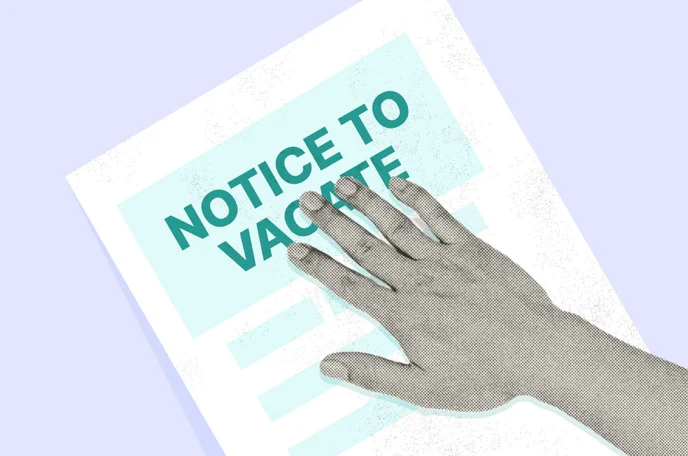
Landlords and tenants use a notice to vacate form when they plan to end the lease, but sometimes plans change. Thankfully, you can reverse this notice under the right conditions. Follow our three easy steps to withdraw your notice to vacate and extend the lease.
Can a Notice to Vacate Be Withdrawn?
Yes, a notice to vacate can be withdrawn under specific circumstances. Most importantly, all parties involved must agree on the withdrawal. In addition, the following factors dictate the ability for a notice to vacate to be withdrawn:
- State laws: State and local housing laws determine the exact requirements for a withdrawal. California and New York landlord-tenant laws tend to favor tenants and often have more flexible housing guidelines. Most states also require the withdrawal to be in writing and delivered via the same method as the original notice.
- Original lease terms: The lease agreement may include terms for a notice to vacate and its withdrawal. Ensure that you meet these conditions, such as providing a notice period and paying the costs associated with the withdrawal.
- Notice deadline: A notice to vacate provides a 30, 60, or 90-day notice period depending on the lease terms. The notice can only be withdrawn before the written move-out date.
When you want to reverse your notice, there’s a chance you may be denied. Consider whether any of the following situations apply, as they can prohibit your ability to maintain your tenancy:
- If the tenant has already signed a new lease
- If the landlord has already found a new tenant
- If either party has breached the lease agreement
- If the notice period has ended
Legal Templates offers free notice to vacate templates and tools for the withdrawal process. Use our lease extension, renewal, or addendum to negotiate a longer stay.
How to Withdraw a Notice to Vacate
Under the right conditions, withdrawing a notice to vacate can be quick and easy. The following steps will help you effectively communicate and reverse your notice.
1. Initiate Early Communication
Initiate a conversation with the other party to understand their position and discuss potential solutions.
Landlords:
If your tenant has already started planning to move, they may not be willing to stay in the rental unit. In this case, you could be asked to compensate for the expenses incurred due to your notice, such as rental application fees, agent costs, or security deposits.
Before you withdraw your notice, consider the current rental property market, the difficulty in finding a new tenant, outstanding rent, and the overall history of the tenancy. These factors help you determine whether it’s worth the time and cost of keeping your current tenant.
Tenants:
Contact your landlord as soon as you realize you need to withdraw your notice. Explain your reasons and prepare to discuss potential implications or concerns. Put the information in writing so that you have a record.
Be open to negotiating new lease terms that may include compensating the landlord for any losses incurred due to your decision, such as expenses associated with finding new tenants or preparing your property for rental.
2. Document the Withdrawal
The individual who wrote the original notice to vacate should edit the original document to reflect the withdrawal. Strike through the information and add a statement communicating your desire to extend the tenancy. View our sample below for an idea of how to edit your document.
THIS ______________ [Original letter title, e.g., NOTICE OF TERMINATION] IS HEREBY VOIDED BY ___________ [Your name, printed] and __________ [The tenant’s name, printed] on ___________ [Date of statement].
After writing this statement, the tenant and landlord must sign to certify the voidance. The party that sent the notice keeps the original voided notice, and each party should maintain a copy for their records.
3. Create a New Agreement
After the notice is voided, negotiate terms for a lease renewal or lease extension. Ensure any new agreements or changes are accurately documented. A renewal often involves signing a new lease with potentially updated terms. An extension simply prolongs the existing lease’s end date. The landlord and the tenant should choose the arrangement that fits their need for flexibility or stability in the lease agreement.
At this point, you can also determine the duration of the new lease agreement. If you still want the flexibility to pursue other properties or tenants, consider using a week-to-week or month-to-month lease format.
As a landlord, you may need to end a lease due to changes in circumstances or tenant behavior. In this case, you can send an eviction notice to inform the tenant of the situation and allow them to vacate before seeking legal action.
